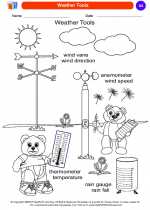Thunderstorms
A thunderstorm is a type of weather phenomenon that is characterized by the presence of lightning and thunder, as well as heavy rain, strong winds, and sometimes hail. Thunderstorms are caused by the rapid upward movement of warm, moist air that cools and condenses, forming cumulonimbus clouds. These towering clouds are capable of producing intense atmospheric instability, leading to the development of thunderstorms.
Key Concepts
- Formation: Thunderstorms typically form in warm, humid conditions when the atmosphere is unstable. The rising warm, moist air creates the ideal conditions for the development of cumulonimbus clouds, which are the hallmark of thunderstorms.
- Stages: Thunderstorms go through three stages: the developing stage, the mature stage, and the dissipating stage. During the developing stage, warm air rises and cools, forming cumulonimbus clouds. In the mature stage, heavy rain, lightning, and strong winds occur. The dissipating stage is characterized by the weakening of the storm as the updrafts and downdrafts diminish.
- Associated Hazards: Thunderstorms can pose various hazards, including lightning strikes, flash flooding, strong winds, and hail. It is important to take precautions during a thunderstorm to ensure safety.
- Impact on Ecosystems: Thunderstorms play a vital role in regulating the Earth's atmosphere and water cycle. They can provide much-needed rain to ecosystems, but excessive rainfall can also lead to flooding and soil erosion.
Study Guide
Here are some key topics to study when learning about thunderstorms:
- What are the key ingredients for the formation of a thunderstorm?
- Describe the stages of a thunderstorm and the characteristics of each stage.
- Explain the hazards associated with thunderstorms and how to stay safe during a thunderstorm.
- Discuss the impact of thunderstorms on ecosystems and the environment.
Understanding thunderstorms is essential for comprehending weather patterns and phenomena. By studying the formation, stages, hazards, and ecological impact of thunderstorms, you can gain a deeper appreciation for the intricacies of our planet's weather systems.
[Thunderstorms] Related Worksheets and Study Guides:
.◂Science Worksheets and Study Guides Kindergarten. Weather

 Coloring Worksheet
Coloring Worksheet
 Coloring Worksheet
Coloring Worksheet
 Coloring Worksheet
Coloring Worksheet
 Coloring Worksheet
Coloring Worksheet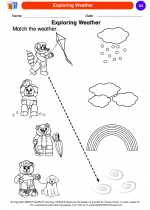
 Coloring Worksheet
Coloring Worksheet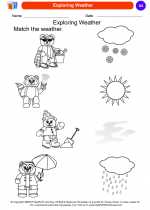
 Coloring Worksheet
Coloring Worksheet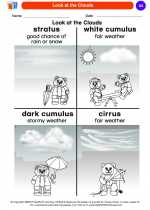
 Coloring Worksheet
Coloring Worksheet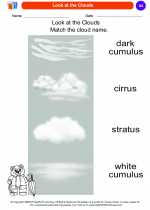
 Coloring Worksheet
Coloring Worksheet
 Coloring Worksheet
Coloring Worksheet
 Coloring Worksheet
Coloring Worksheet
 Coloring Worksheet
Coloring Worksheet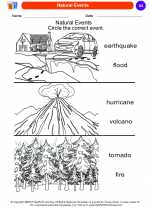
 Coloring Worksheet
Coloring Worksheet
 Coloring Worksheet
Coloring Worksheet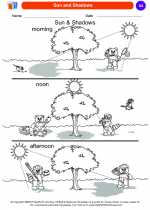
 Coloring Worksheet
Coloring Worksheet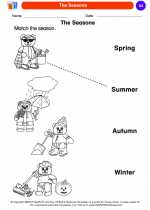
 Coloring Worksheet
Coloring Worksheet
 Coloring Worksheet
Coloring Worksheet
 Coloring Worksheet
Coloring Worksheet
 Coloring Worksheet
Coloring Worksheet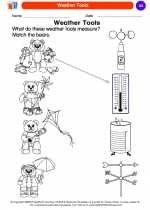
 Coloring Worksheet
Coloring Worksheet